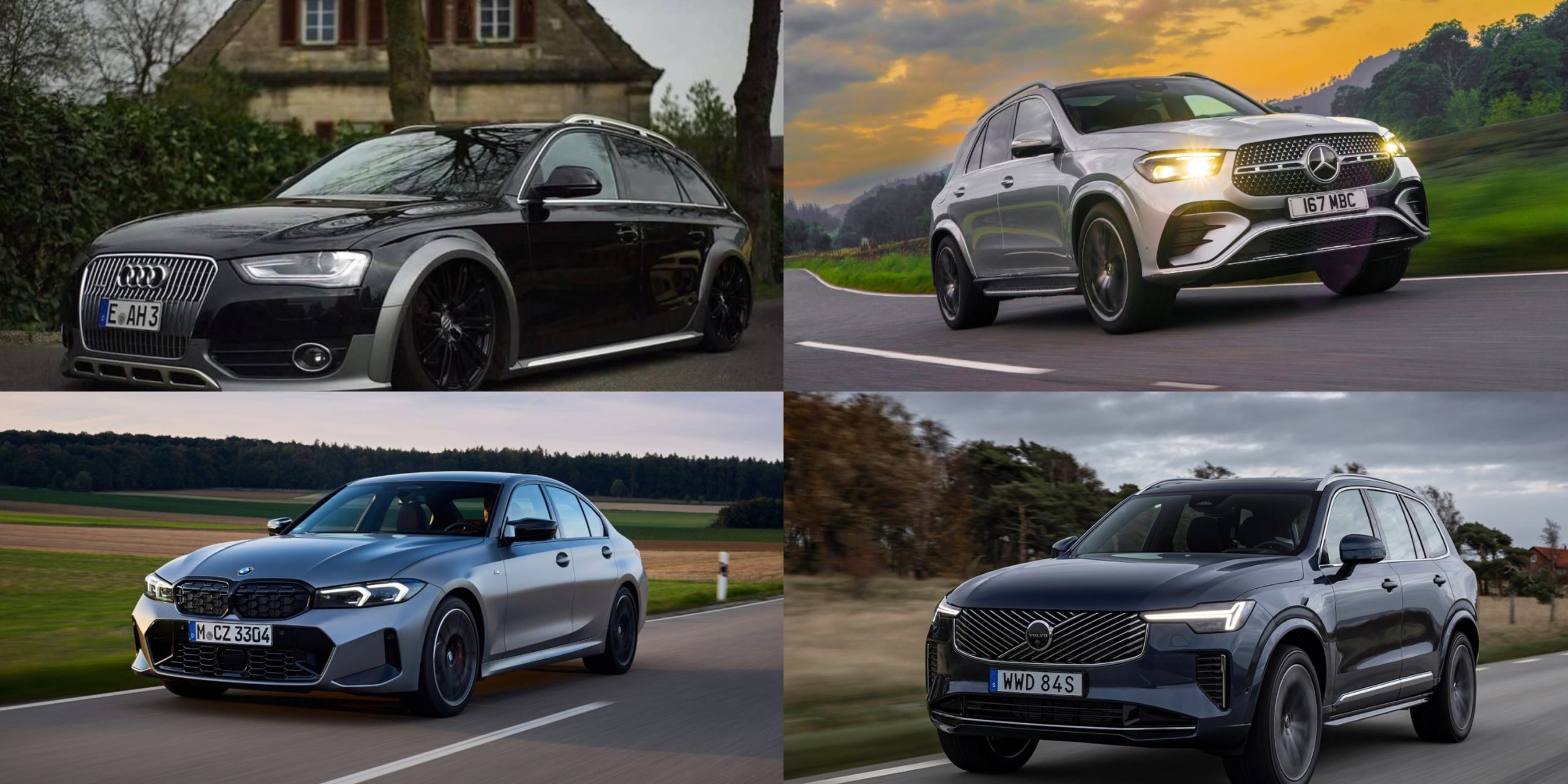European car manufacturers are known for crafting some of the most iconic vehicles in automotive history. Brands like BMW, Audi, Mercedes-Benz, and Volkswagen have built reputations around performance, luxury, and innovation. But not all European cars are created equal.
While some models have proven to be impressively reliable, others have become notorious for frequent breakdowns and costly repairs. Whether you’re shopping for your next ride or just curious, here’s a breakdown of five reliable European cars and five that might spend more time in the shop than on the road.
Also Read: 5 Cars You Can Keep for 15+ Years and 5 That Break Within 5 Years
5 Reliable European Cars
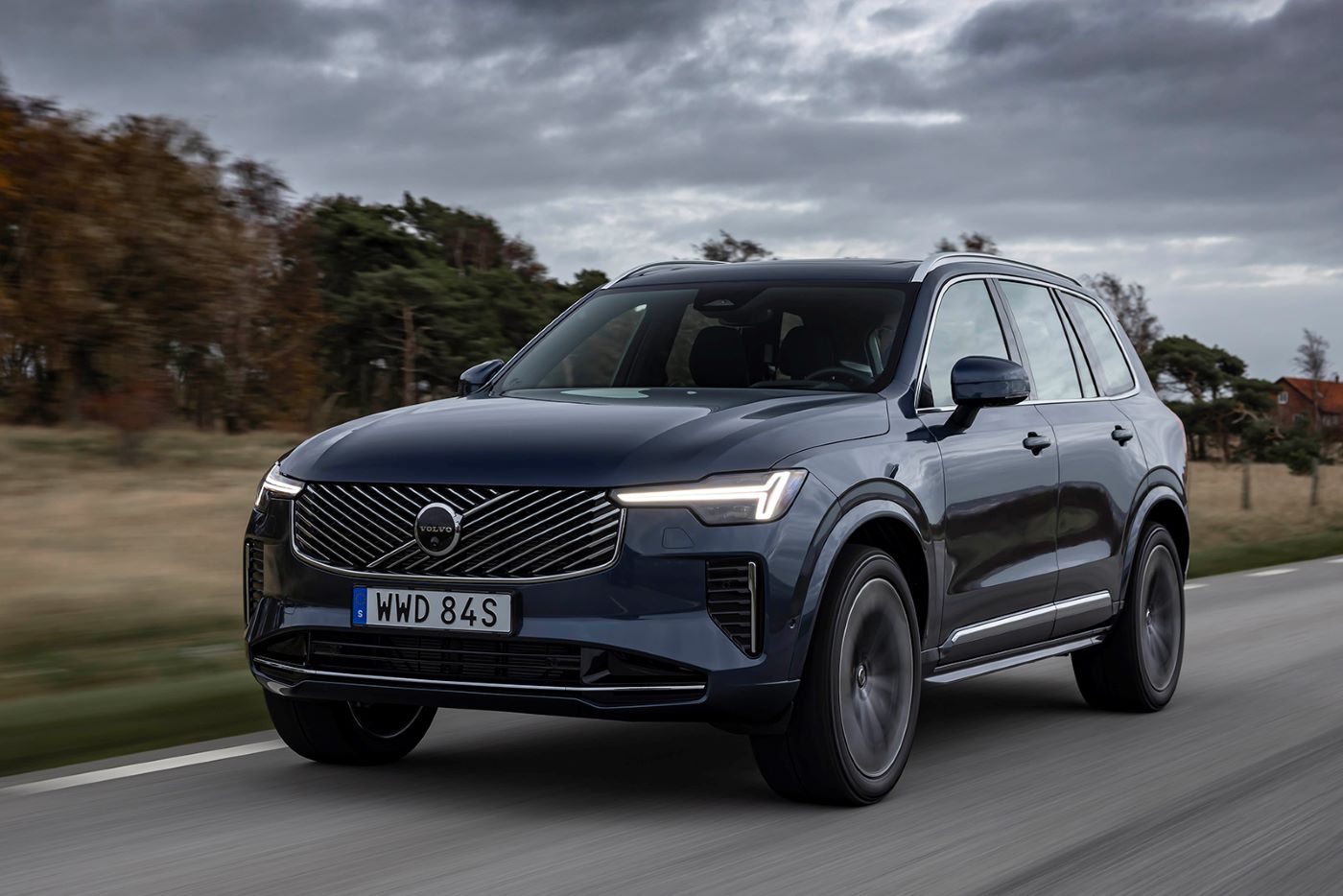
Volvo XC90
The Volvo XC90 has earned a solid reputation for its safety, reliability, and practicality. As a mid-size luxury SUV, it’s ideal for families and individuals who want comfort without compromising on durability.
The XC90 comes with a range of engine options, including efficient hybrid variants that combine performance with impressive fuel economy. Owners often praise its minimal need for major repairs and the quality of its engineering.
What sets the XC90 apart is Volvo’s unwavering focus on long-term reliability and safety features. The car includes advanced driver-assist systems and smart engineering that minimizes wear and tear on essential components. This, paired with Volvo’s long service intervals and low frequency of breakdowns, makes the XC90 a standout in the reliability department.
Maintenance costs are also relatively modest for a luxury vehicle. While it’s more expensive than non-premium brands, the XC90 won’t break the bank compared to rivals in its class.
Mechanics often report fewer recurring issues, and with proper care, these vehicles can easily surpass 200,000 miles. This makes the Volvo XC90 a wise investment for anyone seeking peace of mind in their daily driver.
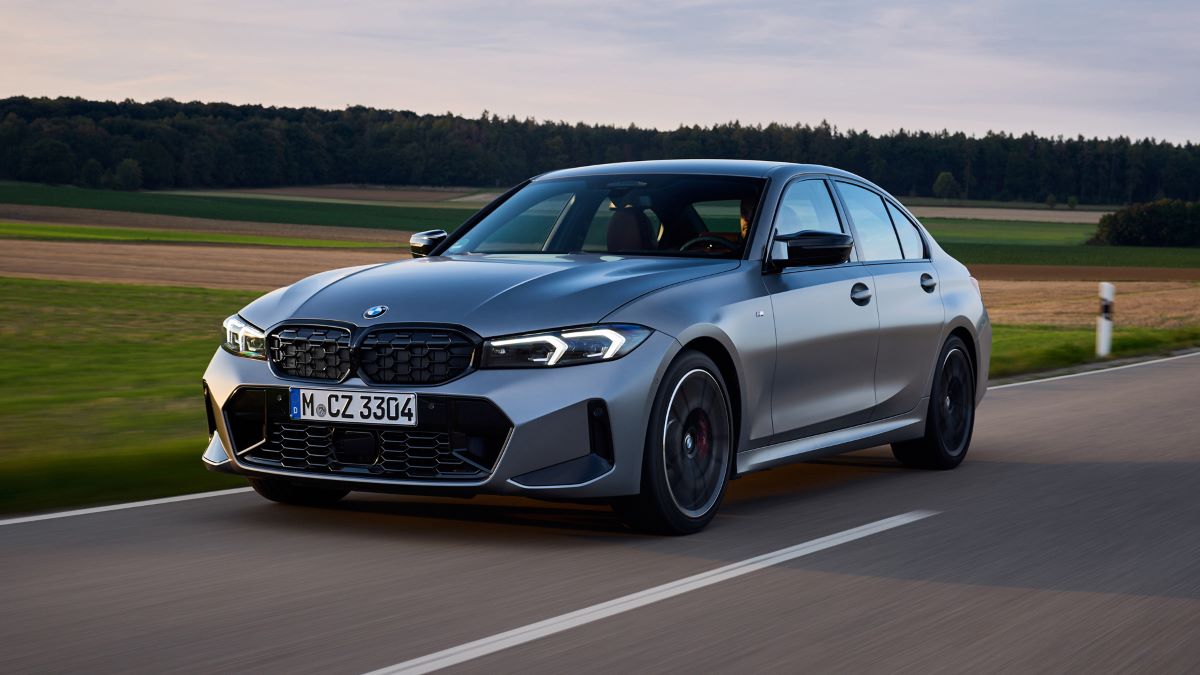
BMW 3 Series (G20)
The G20-generation BMW 3 Series represents a turning point for BMW reliability. Long viewed as a sporty, luxurious, and aspirational sedan, the 3 Series now boasts engineering refinements that address many of the reliability concerns seen in earlier models. Owners praise the car’s consistent performance, refined engines, and solid construction.
Unlike some past BMWs that suffered from electronic issues or engine wear at mid-mileage points, the G20 3 Series shows fewer complaints and has gained positive reliability scores from several independent surveys.
The engine options, especially the 330i and M340i, are known for their balance between performance and efficiency. Transmission and suspension issues are rare, and most maintenance concerns are routine.
BMW has also improved service transparency, offering prepaid maintenance plans and a more straightforward servicing schedule. Combined with the car’s refined materials and durable components, the G20 is a testament to how the brand is evolving.
While luxury sedans will always carry a bit more upkeep, the 3 Series provides strong reliability without compromising the thrill of driving.
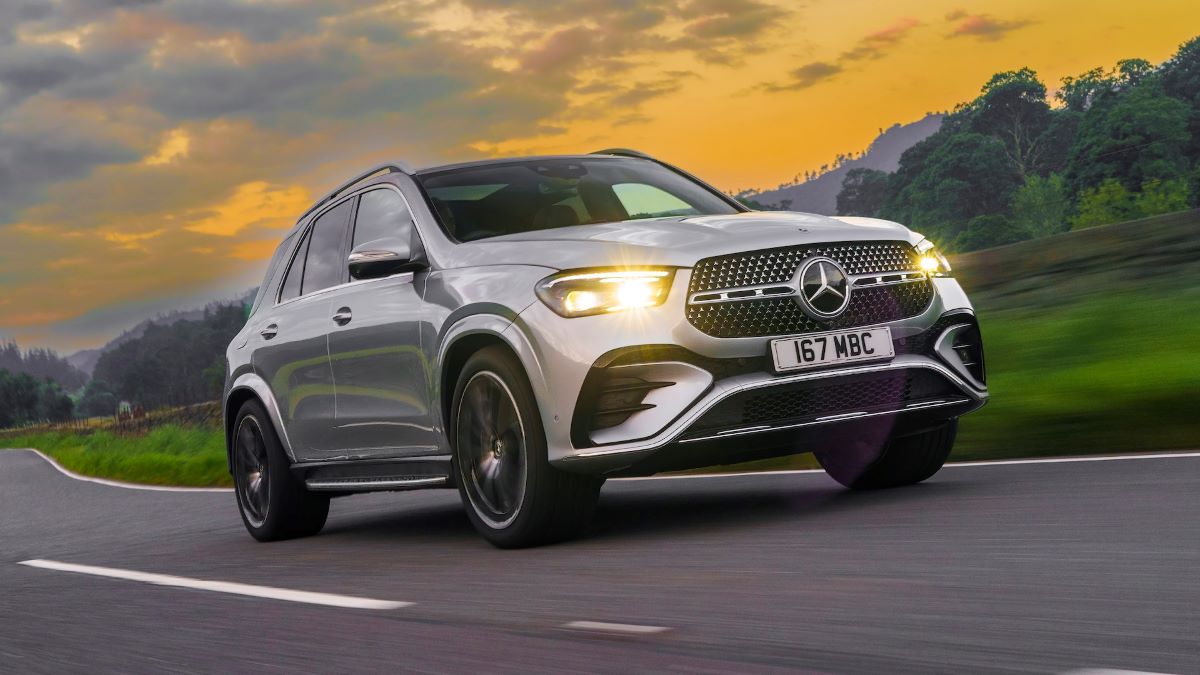
Mercedes-Benz E-Class (W213)
The Mercedes-Benz E-Class has long been a benchmark for executive sedans, and the W213 generation solidifies its place as one of the most reliable European luxury cars on the market.
With a blend of luxury, performance, and durability, the E-Class manages to deliver high-end features without the headaches of constant repairs. Owners frequently report smooth, long-term ownership experiences.
One of the key strengths of the W213 is its bulletproof engine lineup. Whether you go for the turbocharged four-cylinder or the more robust inline-six, Mercedes has engineered these powertrains for longevity.
The 9-speed automatic transmission is also praised for its durability and efficiency. Interior materials hold up well over time, and the fit and finish are typically excellent. Mercedes has also invested heavily in refining the car’s electronic systems.
While earlier E-Class models had more frequent electrical issues, the W213 benefits from better software integration and fewer system faults. With proper maintenance, the E-Class easily runs well past 150,000 miles with minimal trouble. It’s a refined, reliable ride that combines German precision with practical luxury.
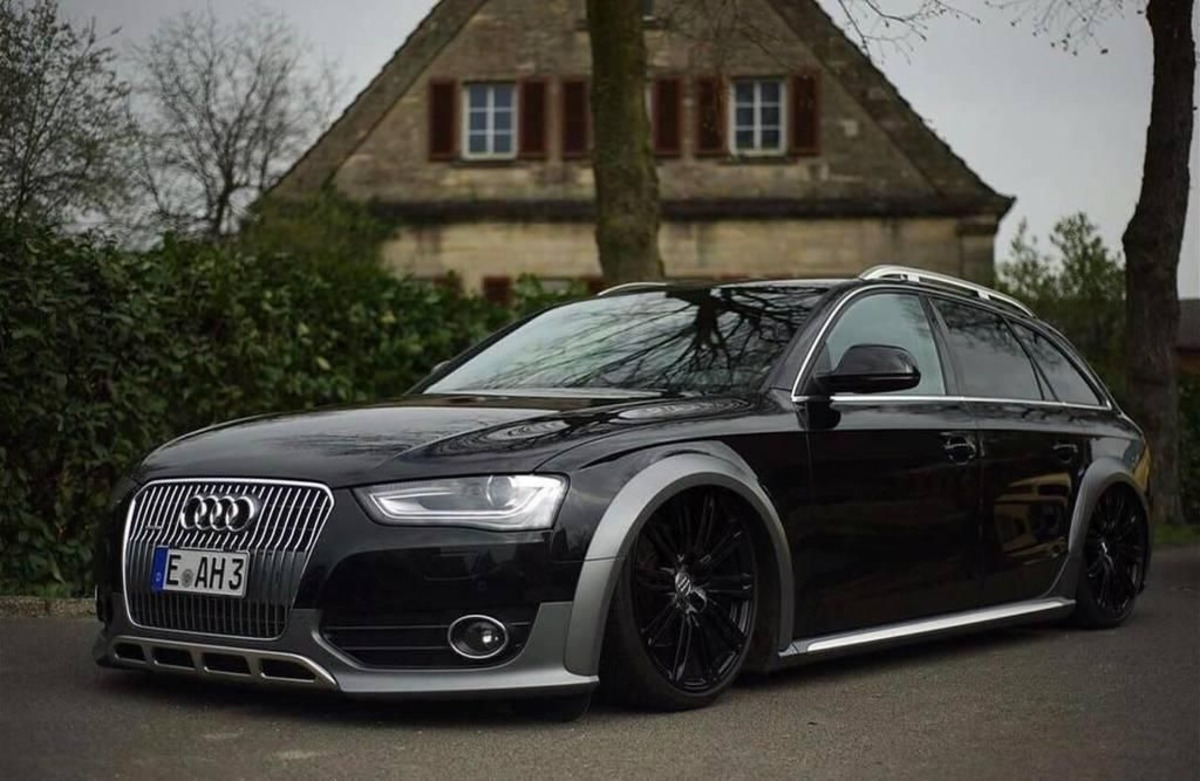
Audi A4
The B9-generation Audi A4 has proven itself to be one of the most reliable luxury sedans that Audi has produced. It combines sleek aesthetics, advanced tech, and a reputation for longevity that earlier models sometimes struggled with.
Owners consistently note the A4’s refined ride, responsive handling, and minimal need for major repairs. What helps the B9 A4 stand out is its solid engineering and focus on user-friendly reliability.
The engines, particularly the 2.0 TFSI, have been praised for their balance of performance and efficiency, and the Quattro all-wheel drive system adds all-weather capability without adding mechanical headaches.
The car’s interior is also robustly built, showing minimal signs of wear even after years of use. From a service perspective, Audi’s move toward longer service intervals and simplified maintenance routines benefits owners.
While Audis are still premium vehicles with matching repair costs, the B9 A4 does not exhibit the high failure rates of some competitors. It’s a smart pick for anyone looking for German luxury without the traditional fears around maintenance.
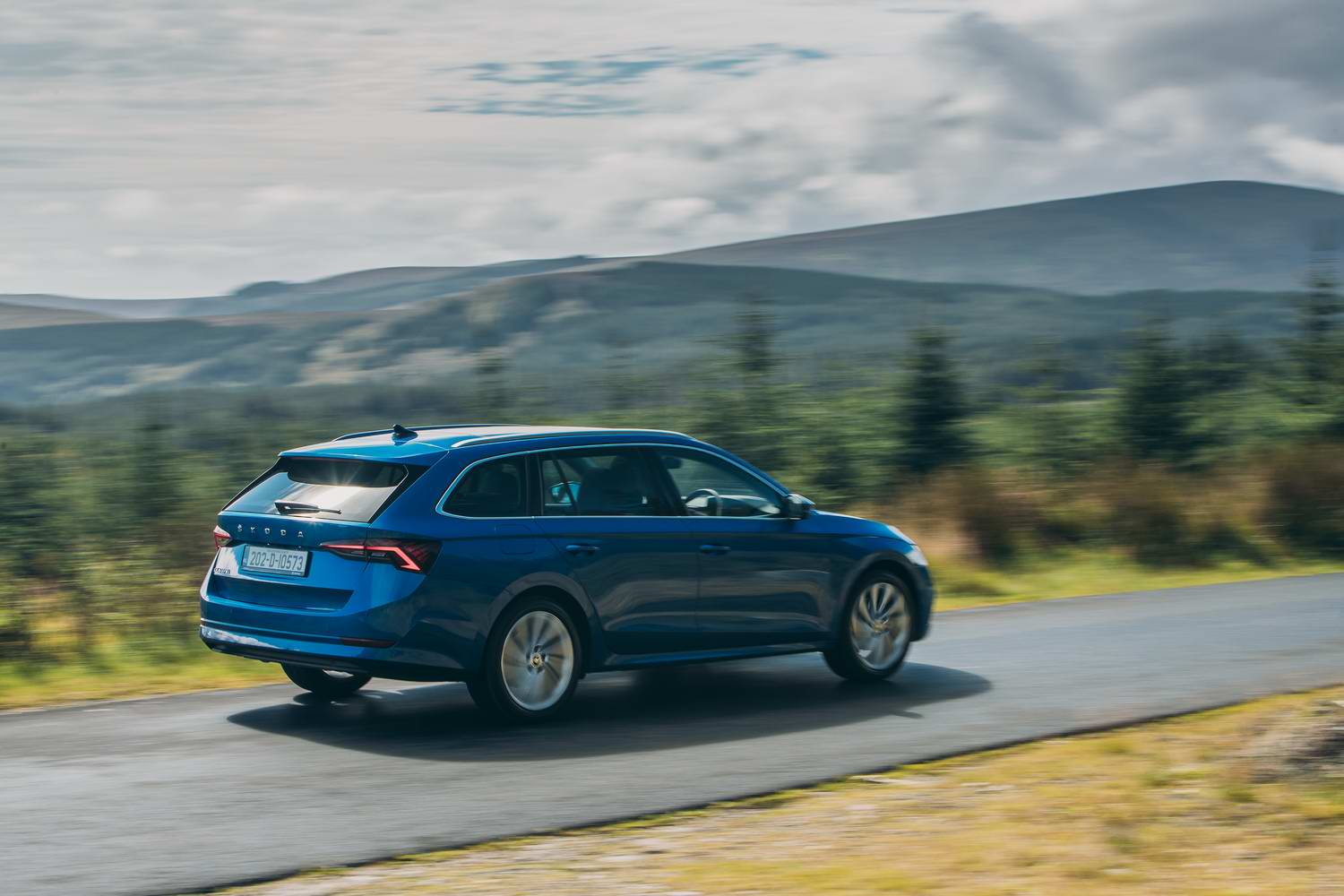
Skoda Octavia
The Skoda Octavia may not carry the same prestige as some of its German or Swedish counterparts, but when it comes to reliability, it’s one of the most dependable cars in Europe.
Built on the Volkswagen Group’s MQB platform, the Octavia shares underpinnings with the VW Golf and Audi A3, offering proven mechanicals and a mature driving experience at a more accessible price point.
Owners of the Octavia regularly praise its solid build, economical engine choices, and low maintenance costs. Whether equipped with a petrol TSI or diesel TDI engine, the Octavia tends to deliver consistent performance without frequent issues.
The car’s straightforward engineering, lack of overly complicated tech, and easy-to-source parts contribute to its low ownership costs and fewer visits to the garage.
Skoda also emphasizes practicality and longevity in their designs. The Octavia has a roomy cabin, massive trunk space, and sensible features that age well.
Unlike some premium European brands that prioritize cutting-edge tech (sometimes at the expense of reliability), Skoda takes a more grounded approach. As a result, the Octavia has become a favorite among taxi drivers, commuters, and families who want a car they can rely on year after year.
5 Unreliable European Cars

Land Rover Discovery
While the Land Rover Discovery might win points for style and off-road prowess, it often loses favor due to poor reliability. This luxury SUV has frequently appeared in surveys and consumer reports as one of the most problematic vehicles in its segment.
From electronics malfunctions to suspension issues, the Discovery is known to rack up frequent and expensive visits to the mechanic.
One of the main reliability concerns lies in its complex technology systems, which are prone to glitches. Touchscreen interfaces, navigation systems, and advanced driver-assistance features often fail or require updates that aren’t always covered under warranty.
The Discovery’s air suspension system is another Achilles’ heel—while it offers a smooth ride, it’s known for failing unexpectedly and requiring costly repairs.
Long-term ownership can be a gamble with this vehicle. Parts are expensive, labor is intensive, and routine maintenance doesn’t guarantee protection from future issues.
For those considering a Discovery, it’s essential to either secure an extended warranty or prepare for a heavy investment in upkeep. While beautiful and capable, the Land Rover Discovery remains one of Europe’s more high-maintenance luxury SUVs.
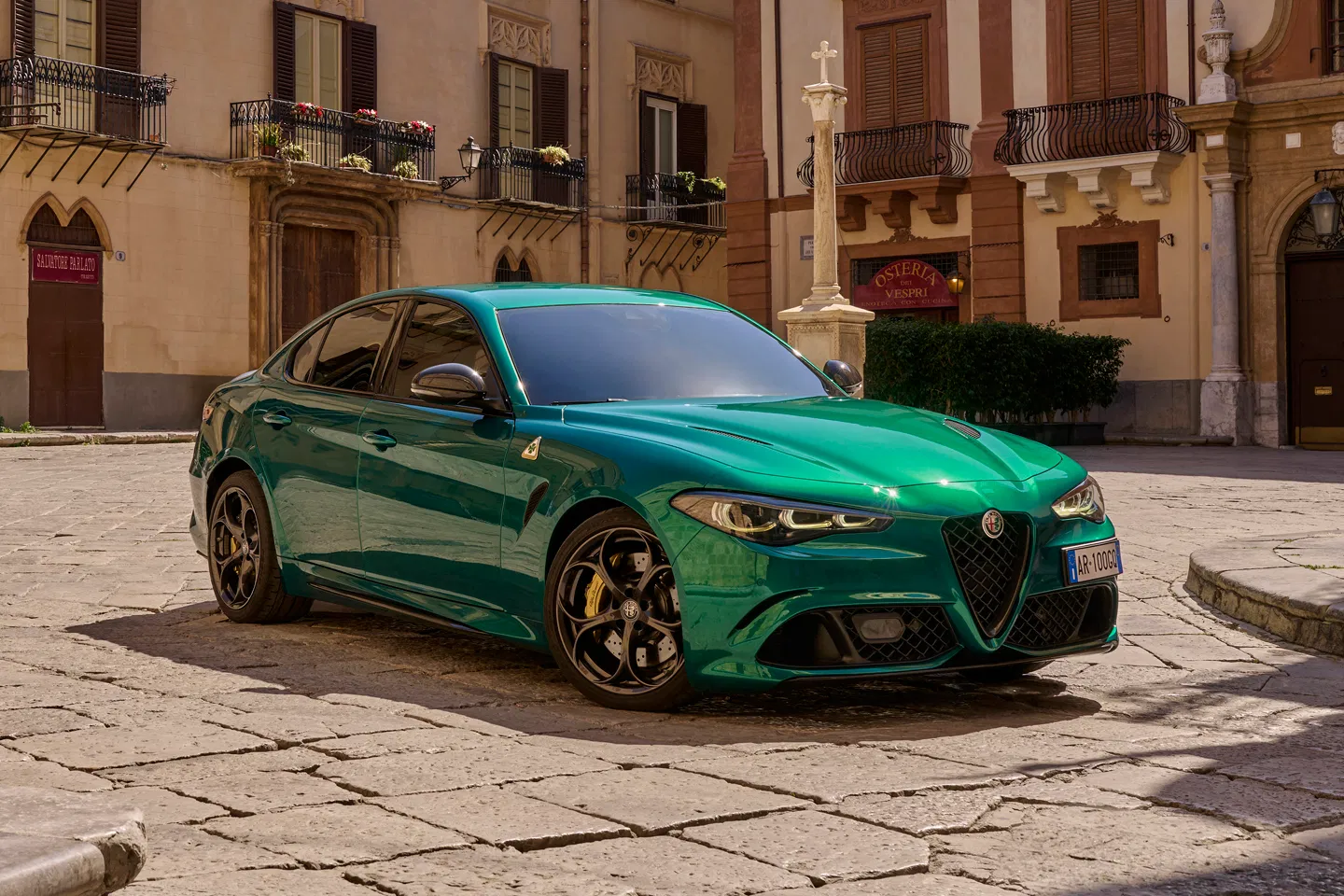
Alfa Romeo Giulia
The Alfa Romeo Giulia is a head-turner with sharp handling and seductive Italian design, but unfortunately, it’s plagued by reliability issues.
Despite its performance credentials and accolades for driving dynamics, the Giulia often finds itself at the bottom of reliability rankings. Owners frequently report electrical system failures, transmission issues, and inconsistent build quality.
The main trouble lies in Alfa Romeo’s inconsistent manufacturing standards and the use of complex electronics that aren’t always well-integrated. The infotainment system is buggy, and various sensors and ECUs (Electronic Control Units) tend to fail more often than they should.
These problems not only frustrate owners but also lead to expensive dealership visits since many independent mechanics hesitate to work on Alfa’s complex systems.
Beyond the electronics, other components like the cooling system, power steering, and even the fuel delivery system have been noted as recurring problem areas.
Though the Giulia delivers a thrilling drive when it works, that joy is often overshadowed by its mechanical woes. This car is best suited for enthusiasts who are willing to overlook dependability in favor of flair and handling.
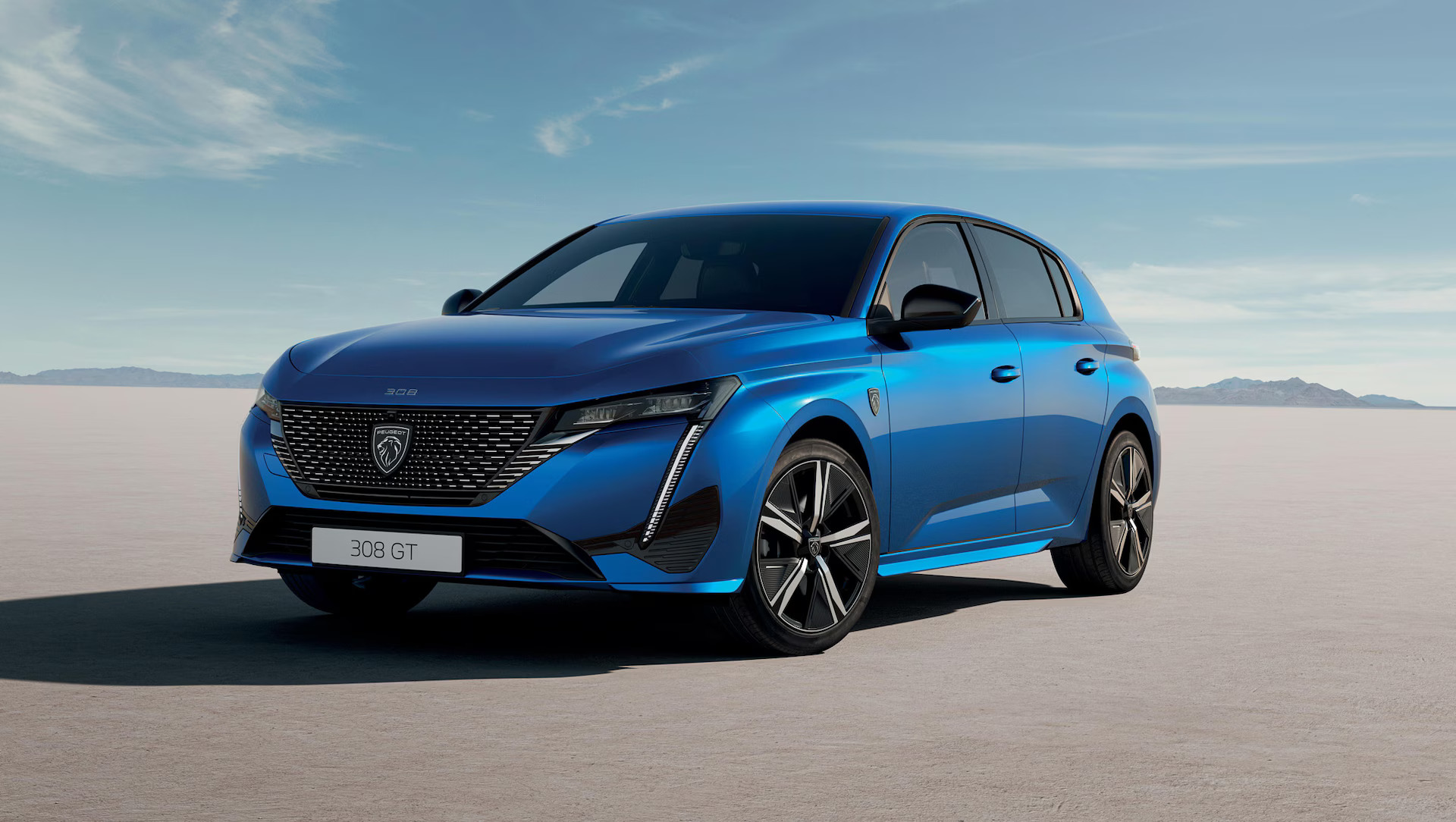
Peugeot 308 (Pre-2021)
While newer iterations of the Peugeot 308 have improved, older models—particularly those manufactured before 2021—have suffered from serious reliability issues. Known for electrical gremlins, engine faults, and fragile components, the earlier 308 models often became a regular fixture at repair shops across Europe.
Many owners report persistent problems with the car’s electronics, especially the infotainment system and digital display. Start-stop systems, electronic handbrakes, and even window regulators have failed more often than expected.
Engine-wise, certain petrol and diesel options had timing chain issues, turbocharger faults, and early wear on injectors, leading to costly repairs that are rarely covered by warranty.
The build quality also raised eyebrows, with low-grade plastics and poor insulation leading to rattles and noise. Mechanically, the suspension components were known to wear prematurely, and brake systems sometimes needed attention before hitting average mileage.
While the newer generation has addressed many of these faults, buyers looking at older 308s should approach with caution and a detailed service history.
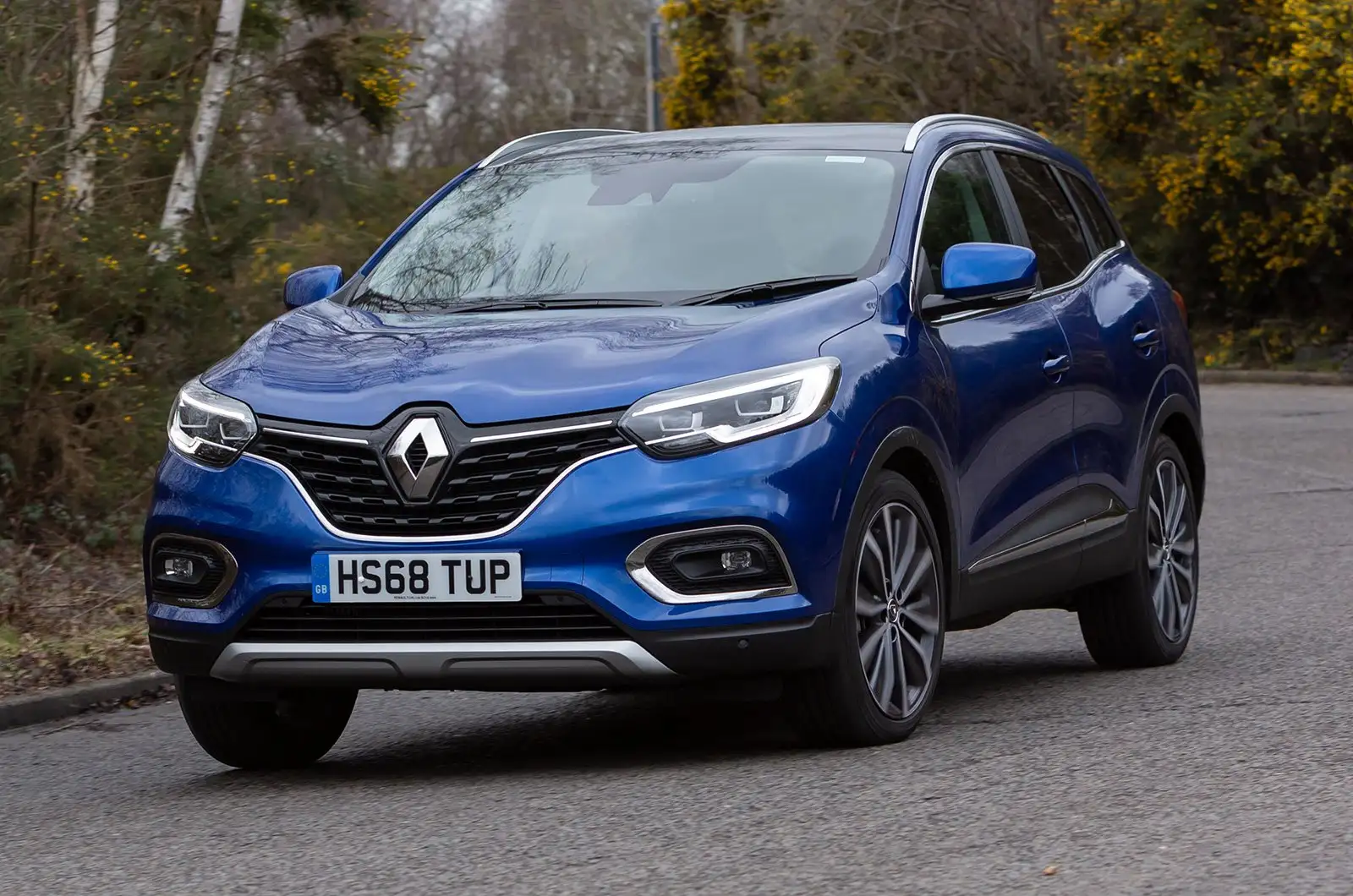
Renault Kadjar
Despite being a popular SUV in Europe, the Renault Kadjar has often disappointed owners with frequent and frustrating mechanical issues. Based on the same platform as the Nissan Qashqai, the Kadjar suffers from similar problems but with the added drawback of Renault’s historically inconsistent reliability.
The Kadjar’s engine lineup, particularly the earlier diesel options, has been plagued by DPF (Diesel Particulate Filter) issues, EGR valve failures, and injector faults. The petrol models haven’t fared much better, with coil pack failures and fuel system problems being frequently cited.
The gearbox, especially the dual-clutch variant, is also a common pain point, with many owners reporting jerky shifts and mechanical breakdowns.
Interior quality and tech integration leave something to be desired. Infotainment glitches, unresponsive touchscreens, and climate control malfunctions are standard complaints.
Additionally, build quality concerns like trim detachment and water ingress have marred the ownership experience for many. While affordable and stylish, the Kadjar is often more trouble than it’s worth in the long run.

Fiat 500L
While the Fiat 500 is a beloved city car with a cheerful personality, its larger sibling, the Fiat 500L, has developed a notorious reputation for reliability woes.
Intended as a practical MPV with Italian charm, the 500L often disappoints with a host of mechanical and electronic problems that leave owners frustrated and facing mounting repair bills.
The biggest culprits are electrical gremlins—everything from faulty dashboard displays and glitchy infotainment systems to malfunctioning sensors and lighting issues.
Under the hood, the 500L’s engines aren’t much better, with the Multijet diesel and TwinAir petrol units both prone to turbocharger problems, excessive oil consumption, and premature component failures.
Additionally, the transmission, particularly the Dualogic automatic, has been heavily criticized for its sluggish performance and frequent breakdowns.
Build quality is another weak point. Owners report rattles, poor cabin materials, and general wear far earlier than expected. The 500L might win points for space and visibility, but its subpar reliability has overshadowed its strengths.
In various consumer reliability surveys, the 500L ranks near the bottom, making it a cautionary tale for those considering a quirky European family car.
Also Read: 5 Reliable Old Trucks and 5 That Are Best Left Alone
Choosing the right European car often comes down to balancing performance, comfort, and dependability. While luxury and cutting-edge features are enticing, they don’t always equate to reliability.
Vehicles like the Volvo XC90, BMW 3 Series (G20), Mercedes E-Class (W213), Audi A4 (B9), and Skoda Octavia demonstrate that you can enjoy European design and engineering without the stress of constant repairs.
On the flip side, models like the Land Rover Discovery, Alfa Romeo Giulia, Peugeot 308 (pre-2021), Renault Kadjar, and Fiat 500L highlight how innovation and flair can sometimes be undermined by inconsistent quality and complex systems that don’t stand the test of time.
If you’re in the market for a European car, thorough research, a pre-purchase inspection, and a good warranty plan can go a long way toward ensuring a smooth ownership experience.
In the end, reliability is not about the badge—it’s about smart engineering, build consistency, and how well a vehicle ages in the real world. Whether you’re after everyday dependability or a bit of European charm, knowing which models to trust—and which ones to avoid—can make all the difference.

